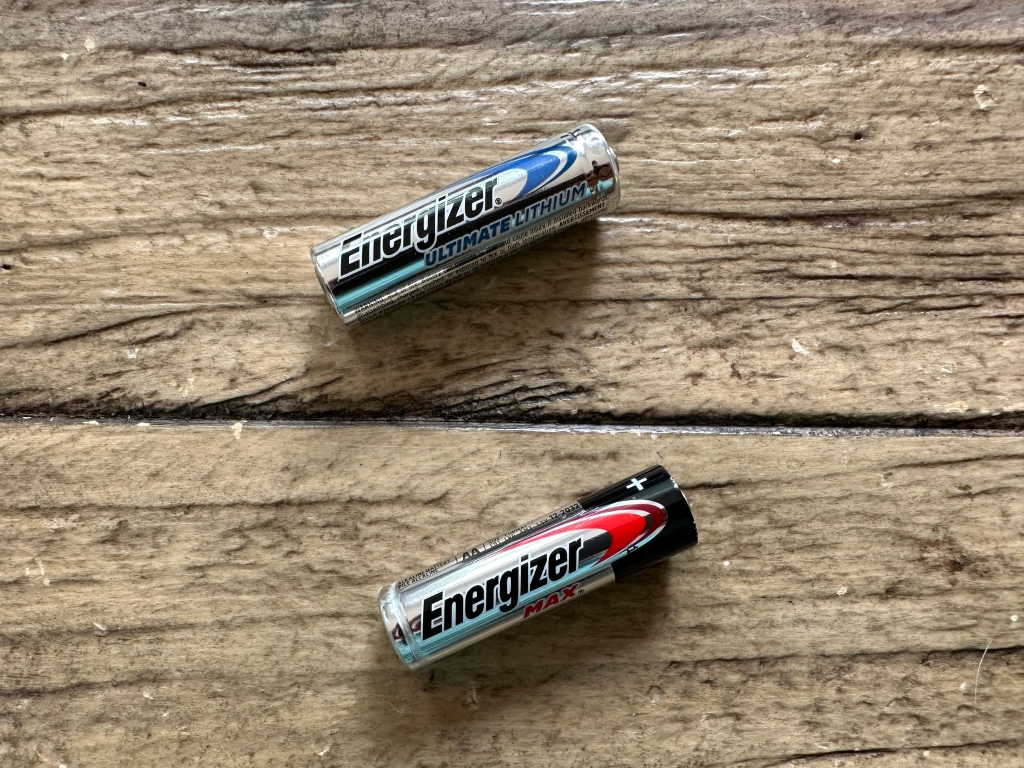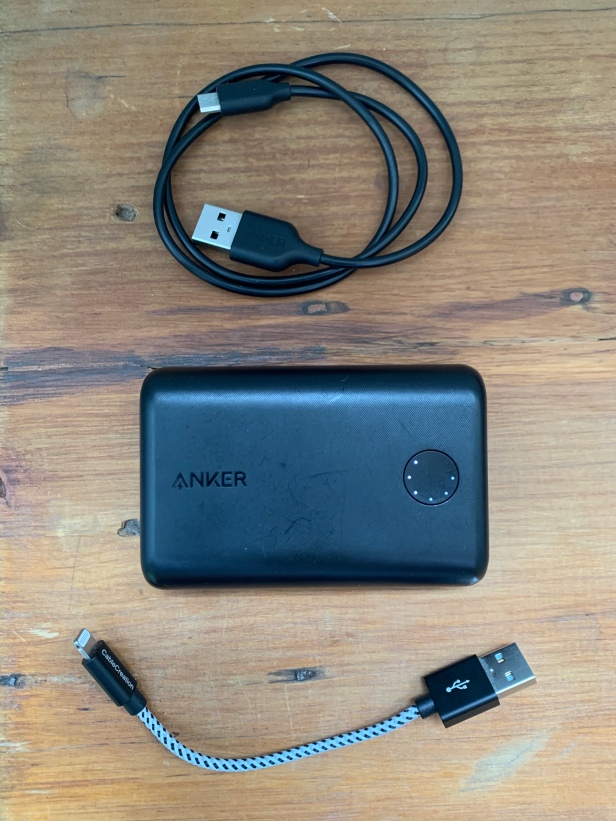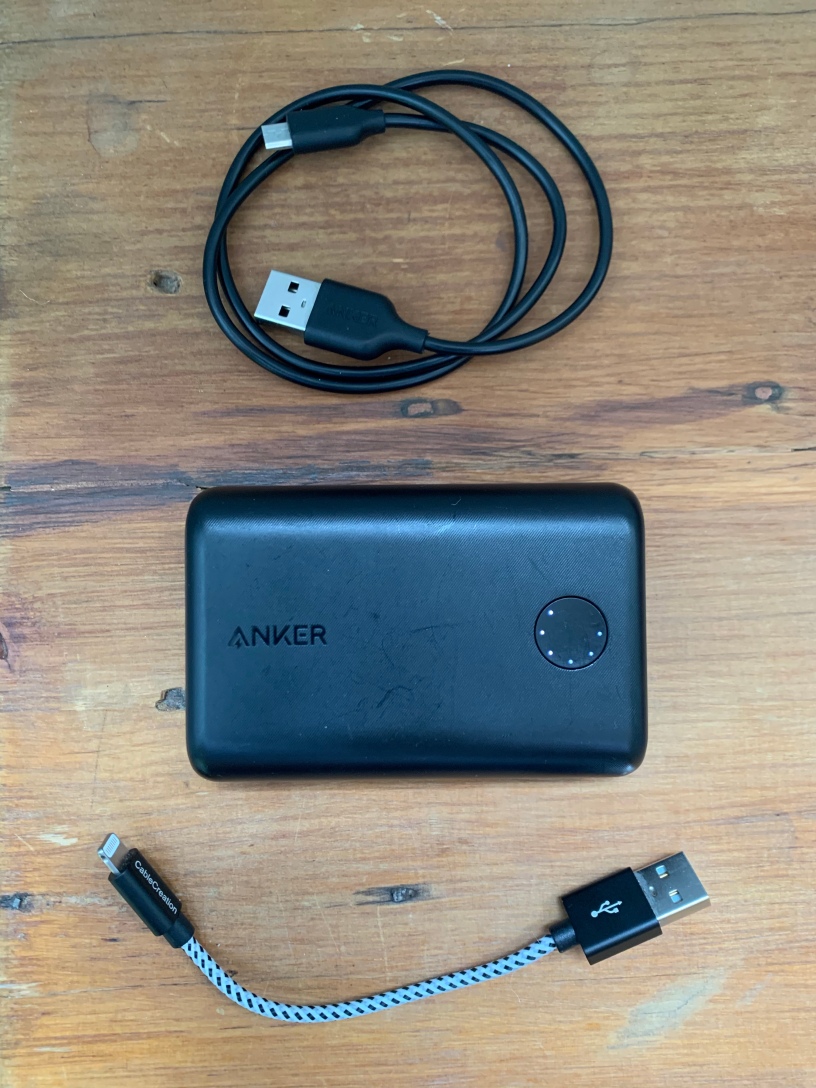Getting outdoors is an excellent time to disconnect from technology. The constant pull to stay connected 24/7 is draining and often you find yourself so immersed in it, you don’t realize the hold it has on you. Despite this, there are some real needs to make sure you can stay powered up on your outdoor adventures. First and foremost, you need light to be able to get around at night, set up your tent in the dark after hiking all day, and maybe even read or write in your tent before falling asleep to the sound of bugs and wildlife. And love it or hate it, having a phone of some sort (cellular, satellite, etc.) is very helpful if you need help quick. Keeping them charged up so you can stay in touch with loved ones is critical. Therefore, we need to not only bring sufficient energy storage with us, we need to keep them topped off and fully charged for the duration of our outdoor adventure. There are tons of options for batteries, how can you choose the right one for the right application? That’s where a trusty Dad comes into the equation. I’ll break it down for you so that you’ll never be stranded without power again!
Battery Basics
I’m going to first provide a bit of background on batteries and the considerations that I put into selecting my battery arsenal. We first need to look at the differences between single-use and rechargeable batteries. What circumstances will cause you to choose rechargeable batteries vs. single-use disposable batteries? When you’re on the move, will there even be any opportunities to recharge your batteries on the trail? Let’s begin:
Single-Use vs. Rechargeable
Batteries can be separated into single-use (“primary”) batteries and rechargeable (“secondary”) batteries. Primary batteries can only be used once and once they are fully depleted of their stored energy, they need to be recycled or disposed of. Why use primary batteries? Often times they are cheaper and easier to find. Plus, you can pop in a new pair without having to wait for the battery to recharge. If your flashlight is about to die halfway through reading bedtime stories in your tent, you need to reach for something quick, and it’s probably going to be some disposable single-use batteries… or if you came prepared, a backup pair of fully-charged rechargeable batteries.

Rechargeable batteries might cost a little more upfront, but you can often charge them hundreds of times throughout their life. I think this makes them more than worth the extra initial cost. Buy a few extra rechargeable batteries so that you can keep one fully charged while using the other one. When one battery is empty, swap it out and recharge it without missing a beat. Rechargeable batteries do eventually degrade and cannot store as much energy as they did when brand new, so it’s something to consider and weigh the tradeoffs of single-use vs. rechargeable batteries.
“Cells vs. Batteries”
Let’s start with “cells.” Think a AAA or AA battery. While the term battery can often be used interchangeably, cell usually refers to the single most fundamental unit of energy storage. A battery usually consists of one or more cells connected together along with control circuitry to ensure that the battery outputs the correct voltage, does not output too much current, and in the case of rechargeable batteries, controls the charging side of things as well.
Usually you can buy single-use cells in both single-use and rechargeable varieties. Often the single-use varieties are alkaline or lithium (not to be confused with lithium-ion, a rechargeable battery chemistry). Rechargeable cells are often something like Nickel Metal Hydride (Ni-MH) or lithium-ion (Li-ion) and come in easily recognizable sizes such as AAA or AA, or sizes more common in the lithium-ion industry such as 18650 or 10440. A word of caution, lithium-ion cells cannot be used interchangeably with devices that use alkaline or Ni-MH varieties. This is due to their higher voltage levels. That is why for most people, the lithium-ion batteries they buy are either made by the manufacturer of the device they wish to power (such as a flashlight or headlamp) or need special circuitry to ensure they output the correct voltage. Unless you really know what you are doing, I’d recommend either buying the battery pack from the manufacturer or purchasing rechargeable cells such as these Panasonic Envelop AAA/AA Ni-MH cells.

Another battery option is a battery pack/bank that can be used to store enough energy to charge a phone at least 2 times. While this type of battery pack cannot directly power your devices such as a flashlight, they can be used overnight to top off your phone or radio. With the right adapter, you might even be able to top off your rechargeable cells too!

Recharging on the Go:
Jason posted a quick review last year on a portable solar power charger that he really likes. This is probably one of your best ways to charge when you are out hiking or camping. The alternative is finding a campsite or shelter that has electrical hookups that you can use to recharge your batteries. Ultimately, you need to do some research for your trip to see what your options are and make sure to pack an appropriate number of batteries and/or plan out how you’re going to keep your batteries topped off.
Batteries that I Live By
So what do I recommend? I have several different options to keep your electrical juices flowing.
- Anker battery packs. I’ve tried a ton of Anker products over the years and have always been impressed. The batteries are well made and overall not very expensive. I like that this is a well-known brand, so you can have more confidence that they have good quality control and stand behind their product. I have a 10,000 mAh version that I like because it’s not too bulky but still can charge up a phone almost 2 times on a full charge.
- Panasonic Eneloop AAA Ni-MH rechargeable cells. I like AAA flashlights because of their portability and smaller size. When I put batteries in mine, I always use the Panasonic Eneloop rechargeable cells. I can also use them in my camping headlamp as well, so I don’t need to pack a bunch of different sizes.
Summary
Even though you go into nature to escape the pull of technology, there are some times where you need energy. I think it is always worth it to bring a few extra batteries with you and to make sure all of your batteries are fully charged before your next outdoor adventure. What do you think? Do you pack spare batteries? How do you conserve your power on an outdoor adventure? Let us know in the comments!

